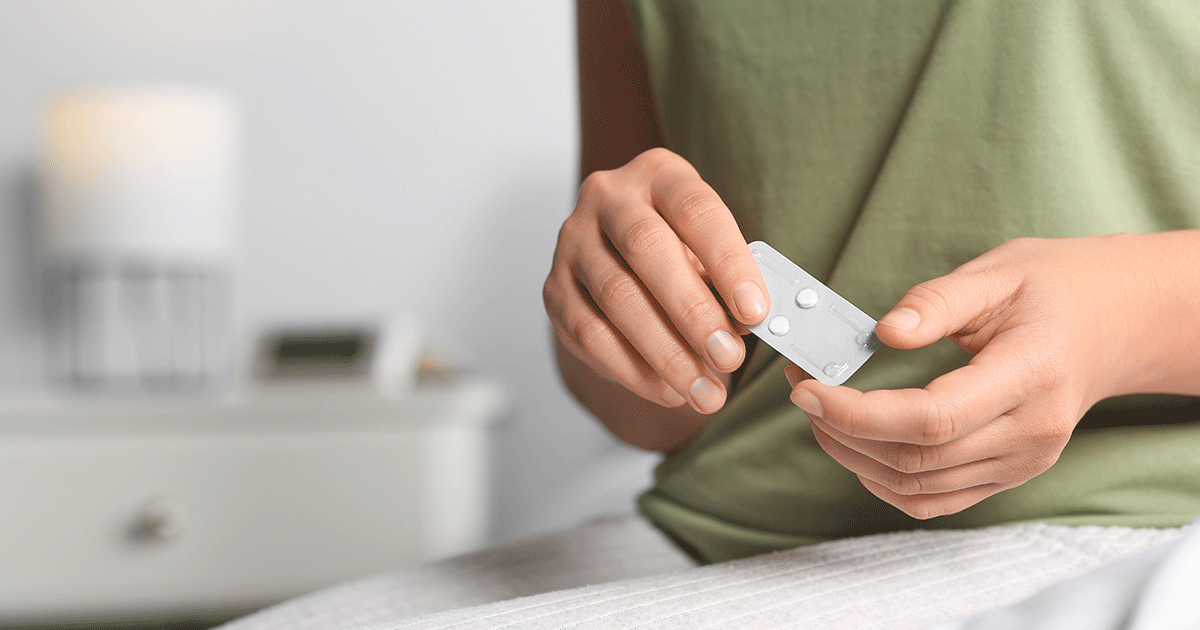Spring Break is just around the corner and typically when you head for the sun the last thing you want to think about is math. But this year there are some equations that might be beneficial to consider as you finalize your plans in order to stay safe and have a fun and memorable Spring Break.
Spring Break + College Students = Alcohol
We all know that alcohol lowers inhibitions and encourages students to make decisions they otherwise wouldn’t. This is especially true during spring break. Reports show that the average spring breaker consumes around 10 drinks per day. And while consumption of excessive amounts of alcohol is dangerous for anyone, it’s especially risky for women, even if they aren’t the ones drinking. You might want to read our post about Six Alcohol Safety Tips for Women before you pack as a refresher.
Spring Break + Alcohol = Sex
This probably isn’t much of a surprise, but when college students consume large amounts of alcohol while on Spring Break they make some decisions that they regret. Often those decisions involve sex. A recent study found that 65% of respondents reported alcohol or drugs being involved in their most recent casual sexual encounter. Unfortunately, many of these encounters aren’t consensual. In 81% of alcohol related sexual assaults, both the victim and the perpetrator had consumed alcohol. And when alcohol is involved, victims are less likely to call the assault a rape.
Alcohol + Sex = Pregnancy
Sometimes Spring Break math moves beyond simple addition to multiplication. Sex on Spring Break is often considered different. It is assumed that there are no strings attached, allowing you to each go your own way after the hook-up. But based on the numbers, your hookup may last beyond one night. Statistics show that young adults who used alcohol were twice as likely to have multiple sexual partners. And with 75% of students reporting never or rarely using a condom on Spring Break, often as a result of drinking, your chances for an unexpected pregnancy are pretty high.
Alcohol + Sex = STDs
But even higher than your chance of pregnancy is the risk of getting a STD while on Spring Break. When asked, 74% of men and 88% of women reported never or rarely worrying about STDs or HIV, even though they are a high risk group with 1 in 3 sexually active college students experiencing at least one STD. Add oral sex under the influence of alcohol and the risk is even greater.
Safe Sex?
The CDC does note that condoms do offer some reduced risk when it comes to pregnancy and STDs, but it makes it clear that they cannot eliminate the risk. So even if you or your partner is sober enough to use a condom 100% correctly, you’re still putting yourself at a high risk of an unintended pregnancy or even a life-long disease.
We’re Here
At Collage we want you to have a great Spring Break that doesn’t involve any math. We want you to have a plan ahead of time that keeps you safe. A plan that you’ll stick with. So if you are drinking, drink in moderation. Always have someone with you who is not just the designated driver, but also watches out for your sexual safety. We hope we don’t need to see you when you get back. But if you do need us, we’re here.





